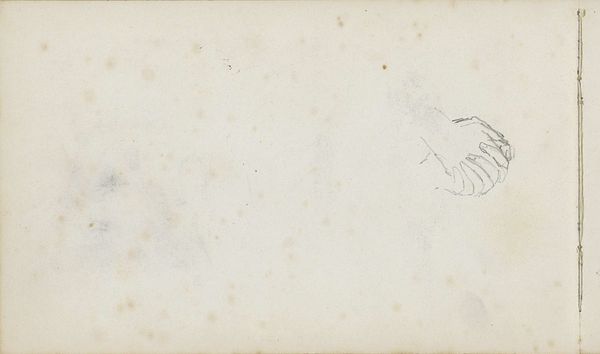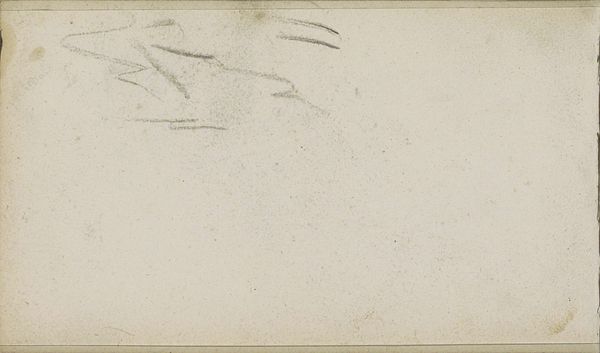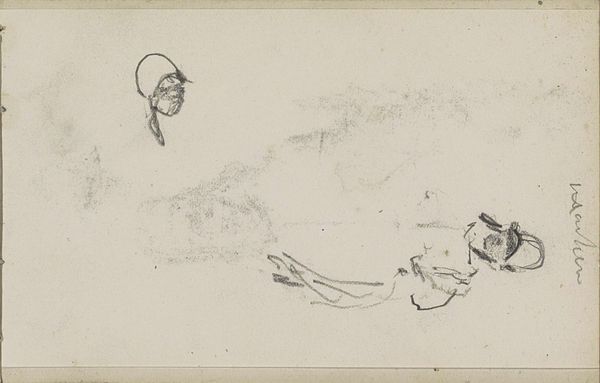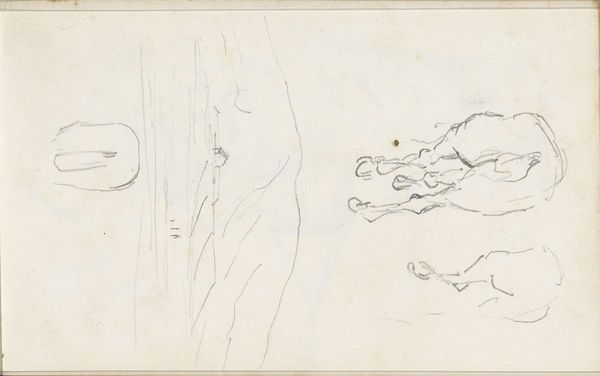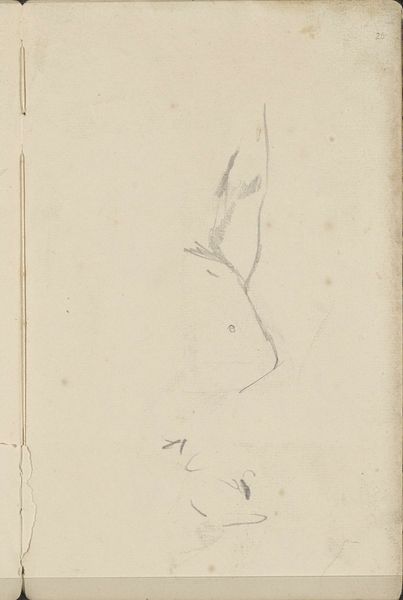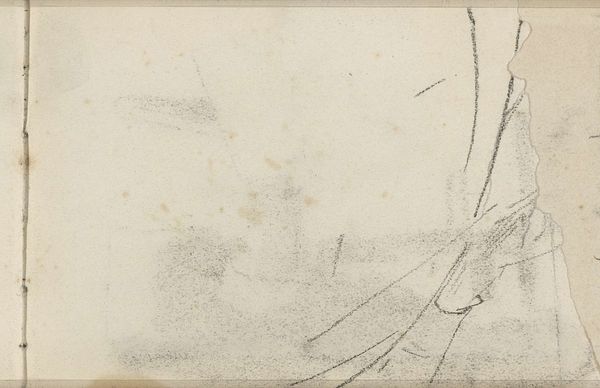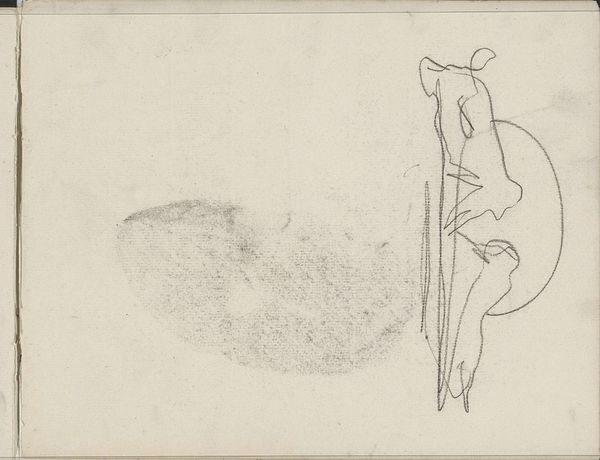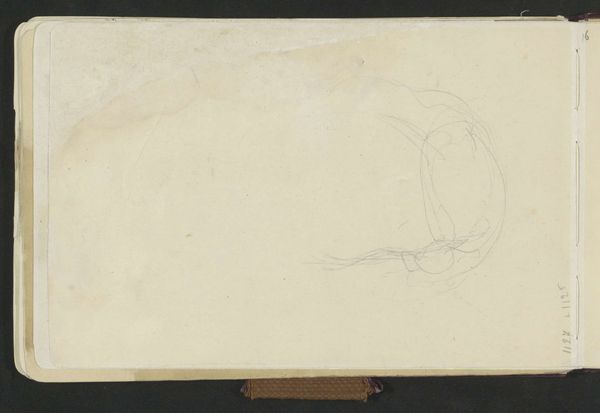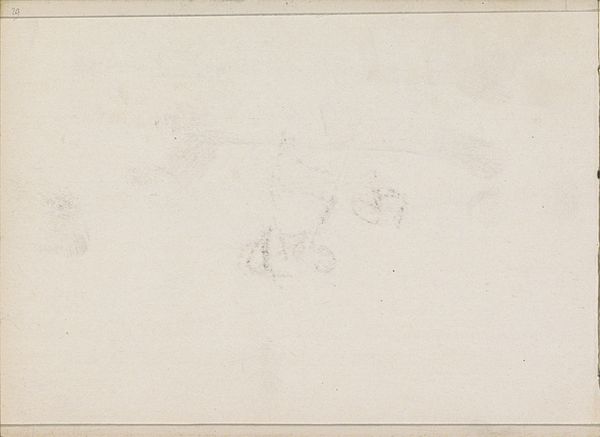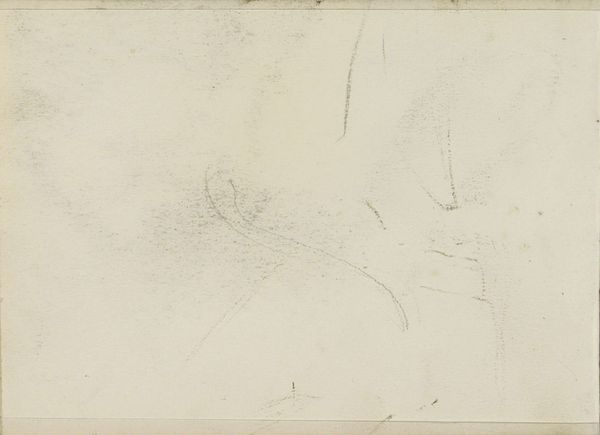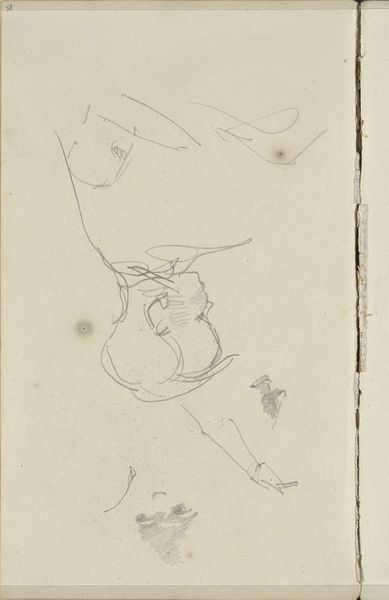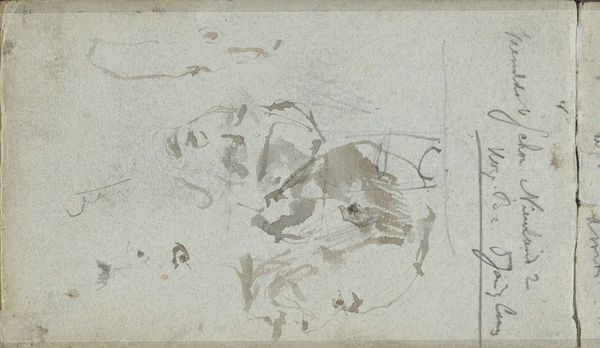
drawing, pencil, graphite
portrait
drawing
pencil sketch
landscape
pencil
horse
graphite
realism
Copyright: Rijks Museum: Open Domain
Editor: So, this is "Head, Hand and Horse's Head" by George Hendrik Breitner, done between 1880 and 1882. It’s a pencil and graphite drawing. There's something so raw about these sketches, like peering into the artist's thought process. What do you see in this work? Curator: It strikes me as a powerful statement on class and labor, veiled in these studies. Consider the period: late 19th century, burgeoning industrialization. Breitner, though a realist, wasn’t merely capturing objective reality; he was documenting a societal shift. Editor: How so? I just see some studies, seemingly unrelated. Curator: Look closer. The hand, seemingly idle, but a working hand no doubt. The horse’s head – horses were crucial to labor and transportation then, their treatment a mirror of societal values. The head...is it a portrait or simply a “head”? It could represent intellect, or lack thereof depending on your interpretation of the loose style. The juxtaposition forces a question: whose labor are we valuing? How does that intersect with ideas of identity, particularly gender, since women are erased from the working narrative of the time. Editor: Interesting. I hadn't considered that these seemingly disparate elements might be commenting on the value of different types of labor and even social classes. Curator: Precisely! Breitner places these images together, not for aesthetic harmony, but to disrupt, to question the power dynamics embedded in the rapidly changing urban landscape. Don’t you think the rough quality adds another dimension of social commentary about inequality? Editor: Absolutely! The unfinished feel adds to the sense of unease. Now, looking at it, I see Breitner using realism not just to depict, but to critique. Curator: And that’s the activist’s perspective: seeing art as an active participant in the social dialogue. Art makes the spectator into an interpreter of reality, or perhaps more crucially, challenges assumptions about reality itself.
Comments
No comments
Be the first to comment and join the conversation on the ultimate creative platform.
